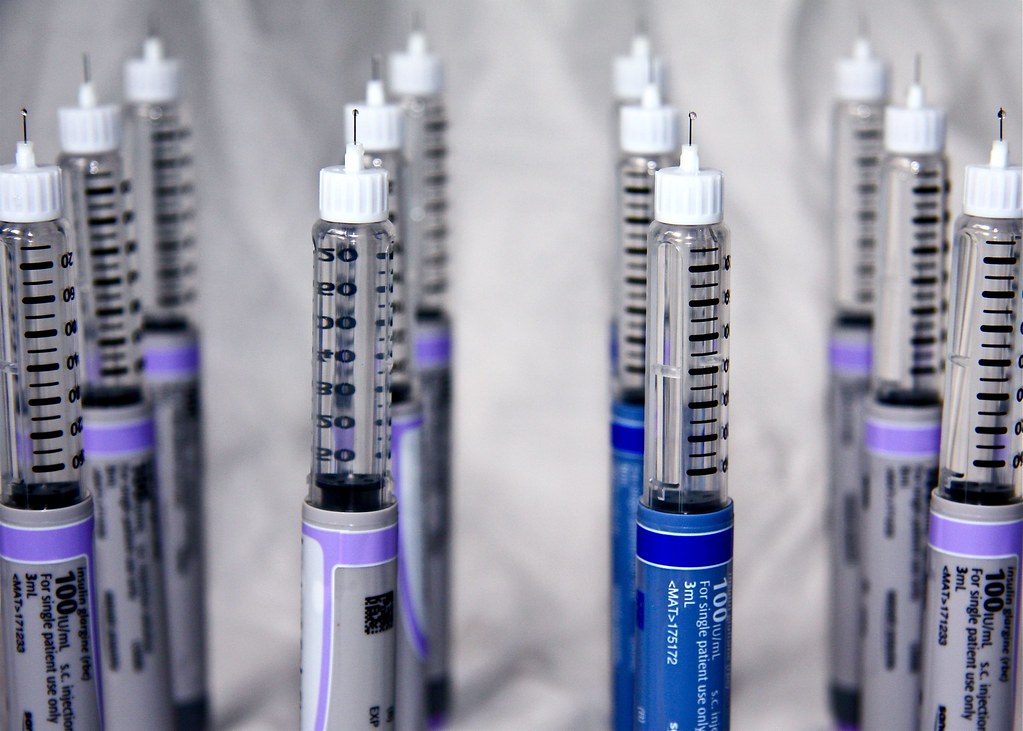November 1st kicked of National Diabetes Month in the USA and a month of programs leading up to World Diabetes Day (WDD) on November 14th. I promised to blog each day leading up to WDD but I have already broken my promise. I did not write anything yesterday so today I have given myself permission to write two blog posts about diabetes.
But what to write about? Where do I start? How do I find a topic related to this month's events?
Earlier this week when the [Big Blue Test](http://www.bigbluetest.org/) video and web site launched I decided to submit my first reading. [I tested](http://www.bigbluetest.org/#do) and then did some casual walking around Princeton with my wife and son. Before the walk my blood glucose (BG) tested at 90 mg/dL. When I tested 14 minute later, my BG was 91 mg/dL. I had expected my BG to go down due to the exercise. I expected my BG to in the mid 80s. But ... a lot of variables come into play that affect BG.
While attempting to cross the street I notice that a car was parked across the other end of the cross walk blocking access to the side-walk. As I was around the car I made eye contact with the driver with a look that I hoped said, "Please don't park on the cross walk". He must have received my non-verbal communication because he started his car just as I walked around the front end. I was startled - adrenaline.
Early humans had to survive in a very hostile environment. Warriors from another tribe might attack in the middle of the night or you might be attacked and eaten by a large predator. Adrenaline helps our liver secrete extra glucose - from stored fat - into the blood stream to provide muscles with the energy to fight or flee. I wasn't in any danger - at least I don't think I was - but that burst of adrenaline pushed my BG up.
Exercising requires extra glucose for energy to fuel muscles. Continuous, moderate exercise — such as that required by the paparazzi as they run to catch Kim [Kardashian] — can cause muscles to take up glucose at nearly 20 times the normal rate. This process lowers blood sugar levels. Even after the chase, the body replenishes the glucose stores (called glycogen) in muscle cells and the liver, which lowers blood sugar levels even more, for hours afterward.
(via [Beat Diabetes Daily](http://www.beatdiabetesdaily.com/tag/hormone-adrenaline/))
I often find that my BG rise after watching an intense action movie or when I get angry. Emotional stress is just another thing that a person with diabetes has to deal with. However, I'm not about to stop watching action movies but I can work on curbing my reaction to unwanted events. Maybe I can release my demons playing [Angry Birds](http://www.rovio.com/en/our-work/games/view/1).


